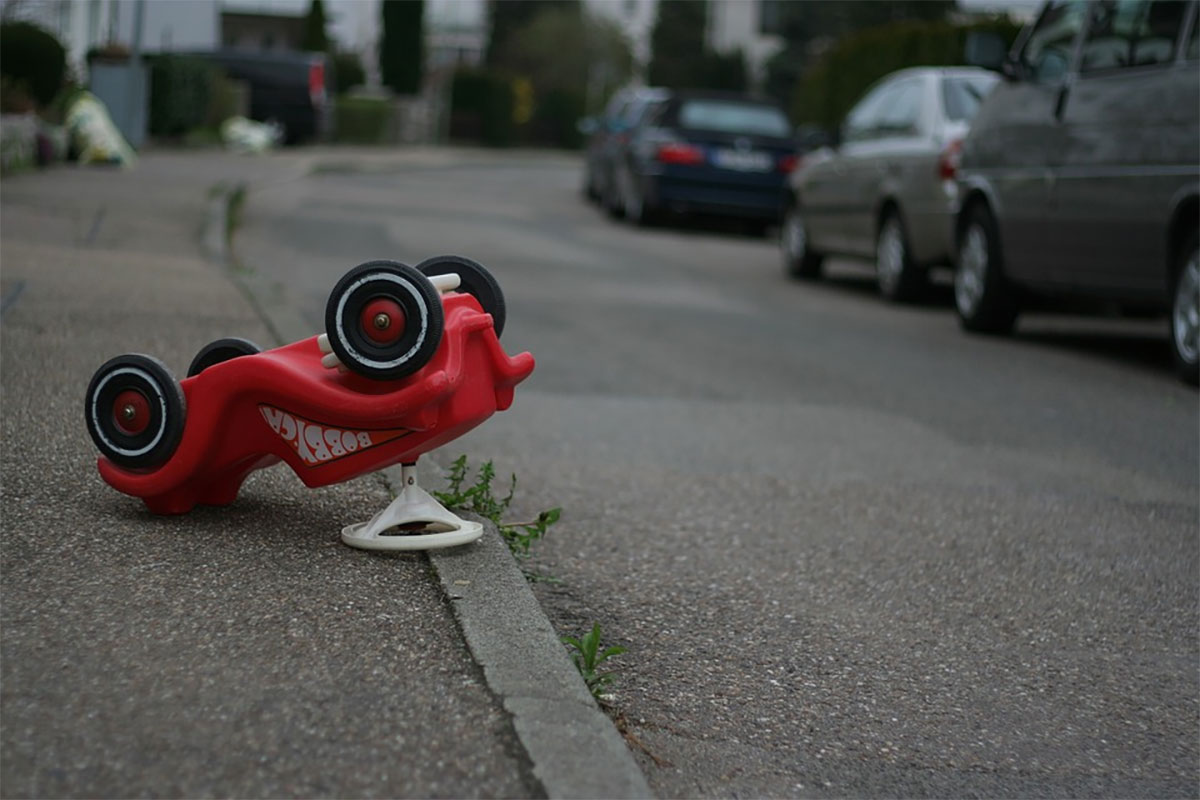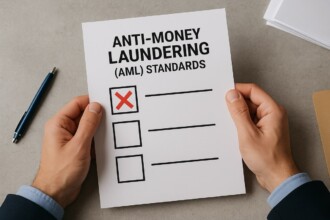There’s nothing quite like the shock of a car accident to throw life into disarray. Beyond the physical injuries and emotional stress, what catches many off guard is the financial aftermath. Medical bills, vehicle repairs, and time off work create a storm of expenses.
But with some strategy and local resources, you can tackle the financial challenges ahead. Here’s how to survive the aftermath of a car accident in Montana and get back on your feet.

Assessing the Immediate Financial Impact
Medical Bills and Emergency Services
When the accident happens, the first wave of costs hits fast. You might need an ambulance, emergency room care, and possibly surgery or hospitalization.
According to national averages, a visit to the emergency room can cost anywhere from $1,200 to $3,000. In Montana, where rural areas often require helicopter transportation or long drives to hospitals, these numbers can skyrocket.
Vehicle Repairs
After the accident, you’re not just dealing with medical bills. The cost to repair or replace a damaged vehicle can vary significantly depending on the extent of the damage. Minor repairs might run you a couple of hundred dollars, while a totaled car could set you back thousands. On top of that, you may need to pay for towing services and a rental car while yours is in the shop.
If you rely on your vehicle for work or daily needs, these costs become more than just an inconvenience—they’re a financial strain.
Tracking All Expenses
To stay ahead of the storm, start documenting every expense. Keep copies of medical bills, car repair estimates, and any other costs tied to the accident. Not only will this help you stay organized, but it’ll also make it easier to file an insurance claim or seek compensation later if necessary.
Navigating Insurance Claims
Types of Insurance Coverage in Montana
One of the biggest challenges after an accident is navigating the insurance maze. Montana requires drivers to have liability insurance, which covers damages and medical costs for the other party if you’re at fault.
But what about your own bills?
This is where collision coverage, comprehensive insurance, and medical payments (MedPay) come in. If you have these additional coverages, they can help pay for your medical care and vehicle damage, no matter who caused the accident.
Filing a Claim
Once you’ve gathered your documentation, you’ll need to file a claim with your insurance company. Be prepared to provide detailed information, including police reports, medical bills, repair estimates, and witness statements.
After submitting your claim, don’t be surprised if the insurance company offers a lower payout than expected. Insurers may try to minimize their costs, so it’s important to negotiate and advocate for a fair settlement.
Legal Matters and Financial Implications
Montana’s At-Fault Laws
Montana follows an “at-fault” system for car accidents. This means that if another driver was responsible for the accident, their insurance should cover your medical bills, lost wages, and other damages. However, if their insurance isn’t enough—or if the claim is denied—you may need some help.
Hiring Legal Help
In cases where insurance doesn’t cover all your expenses, you should consider hiring a car accident lawyer. Many attorneys in Montana work on a contingency fee basis, meaning they only get paid if you win your case. A lawyer can help you recover compensation for medical bills, vehicle repairs, and even pain and suffering, which can be difficult to claim on your own.
Montana law gives you three years from the date of the accident to file a personal injury lawsuit. If you’re considering legal action, the important thing is to start the process sooner rather than later, as gathering evidence and building a case takes time.
Managing Long-Term Financial Recovery
Dealing with Ongoing Medical Costs
For many people, the costs don’t end with the initial medical bills. If your injuries require long-term treatment—such as physical therapy, follow-up surgeries, or rehabilitation—those costs can add up quickly.
If your insurance doesn’t cover these ongoing expenses, talk to your healthcare provider about setting up a payment plan. Many hospitals and clinics offer payment plans to spread out costs over time, making the bills more manageable.
Budgeting and Financial Planning
The road to recovery often involves creating a new financial plan. After an accident, you may need to adjust your budget to accommodate new expenses, like medical bills and car payments. Take stock of your financial situation and cut back on all unnecessary expenses to free up funds for those essential costs that await you.
For those facing long-term financial strain, consider consulting a financial advisor or counselor. Many local nonprofits in Montana offer free or low-cost financial counseling services to help residents create a sustainable budget and manage debt.
Resources for Financial Support in Montana
State and Local Programs
Montana offers several resources to help individuals recover financially after a car accident. The state’s Medicaid program may help cover medical costs for low-income individuals. If you don’t qualify for Medicaid, other government assistance programs can provide short-term relief, such as emergency assistance for housing or utility bills.
Non-Profit Organizations and Community Support
Strong community spirit always shines through in times of need. Non-profit organizations and local charities often step in to assist. From grants that help cover medical bills to churches that offer emergency financial aid, it’s worth researching local resources that might be available to you.
Final Thoughts
Dealing with the financial aftermath of a car accident in Montana can feel like a heavy burden, but it’s one you can manage with careful planning and the right support. From handling immediate costs like medical bills and car repairs to exploring legal options and long-term financial recovery, each step brings you closer to regaining control over your life.
Remember, you’re not alone. Whether it’s through your insurance, legal assistance, or community resources, there are people and organizations ready to help you through the tough times. It may take time, but with patience, organization, and the right approach, you can come out stronger on the other side.









